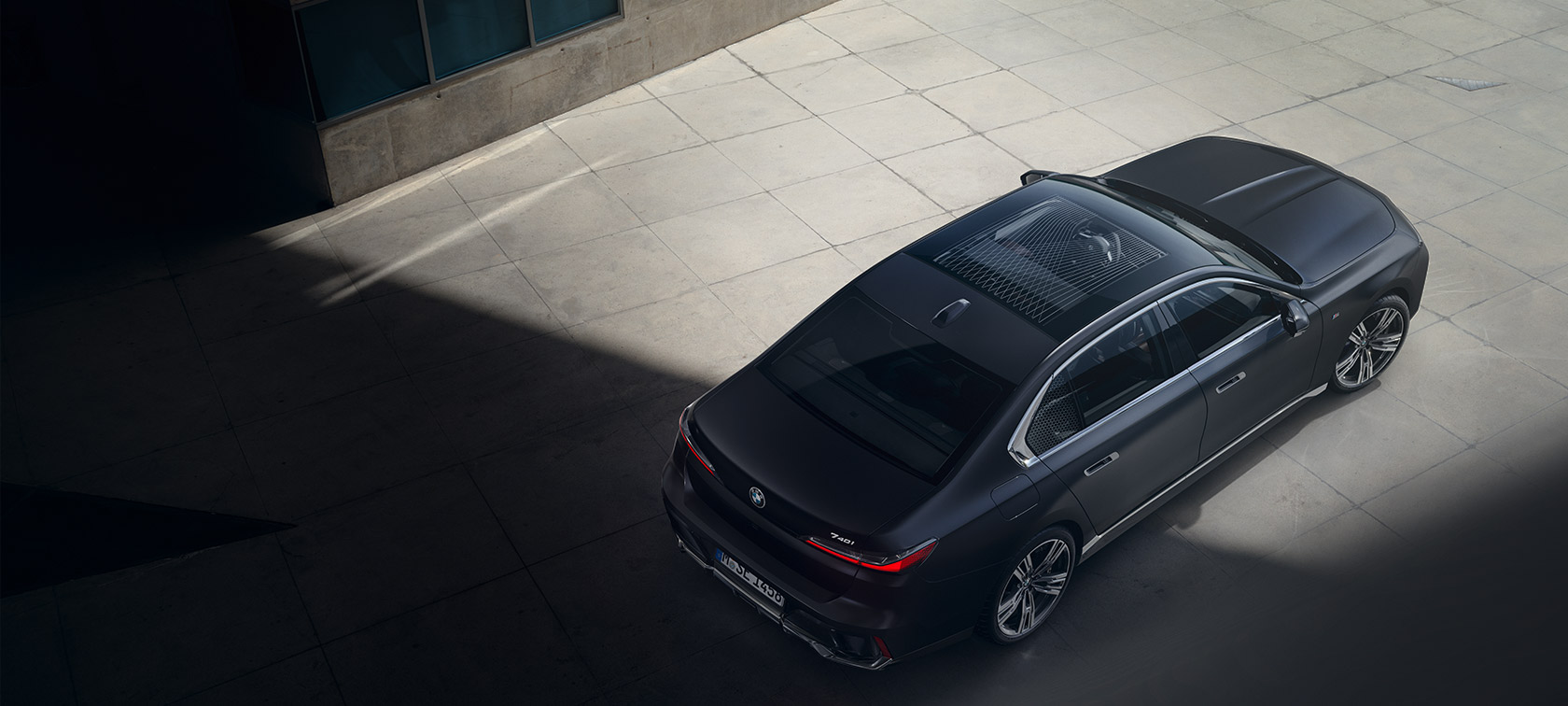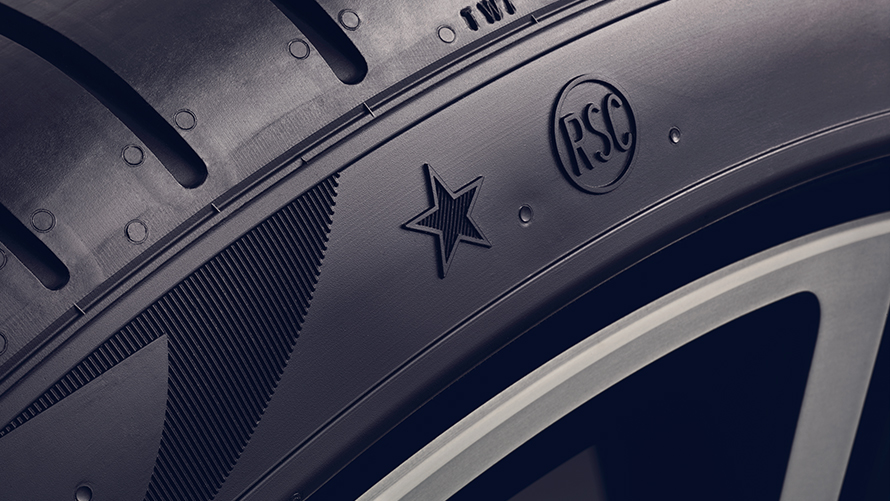Our tool for managing your permission to our use of cookies is temporarily offline. Therefore some functionality is missing.

THE NEW 7
THE ALL-NEW BMW 7 SERIES SEDAN: ENGINES & TECHNICAL DATA.
The key facts and figures for the new BMW 7 Series Sedan at a glance:
- Engines, consumption and CO2 emissions
- Performance data such as displacement, hp, Nm and acceleration
- Weight, dimensions, wheel and tyre sizes
THE NEW BMW 7 SERIES SEDAN: TECHNICAL DATA.
- i8
-
No search result found. Please try another input

| CO2 emissions combined in g/km | 59.0 |
|---|---|
| CO2 efficiency | A+ |
| Consumption combined in l/100 km | 2.5 |
| Electric range in km | 37 |
|---|---|
| Electric range (mean customer value) in km | 25 -35 |
| Maximum total range in km* | >500 |
| Growth capacity of lithium-ion battery in kWh | 7.1 |
| Charging time of high-voltage battery in h at 3.7 kW/12 A (80 %) | 2.1 |
| Charging time of high-voltage battery in h at 16 A (Wallbox) (80 %) | <2 |
| Unladen weight in kg (EU) | 1,490 |
|---|---|
| Max. permissible weight in kg | 1,855 |
| Permitted load in kg | 365.0 |
| Permitted axle load front/rear in kg | 895/995 |
| Maximum speed on purely electric power in km/h | 120.0 |
|---|---|
| Maximum speed in km/h | 250.0 |
| Acceleration from 0–100 km/h in seconds | 4.4 |
| Elasticity from 80–120 km/h in seconds (4th gear) | 4.0 |
| Elasticity from 80–120 km/h in seconds (5th gear) | 4.5 |
| Tyre dimension front (standard equipment) | 195/50 R20 93W XL |
|---|---|
| Tyre dimension rear (standard equipment) | 215/45 R20 95W XL |
| Tyre dimension front (special equipment) | 215/45 R20 95W XL |
| Tyre dimension rear (special equipment) | 245/40 R20 99W XL |
| Tyre dimension front (standard equipment) | 7Jx20 H2 IS36 |
| Tyre dimension rear (standard equipment) | 7,5Jx20 H2 IS40 |
| Tyre dimension front (special equipment) | 7,5Jx20 H2 IS40 |
| Tyre dimension rear (special equipment) | 8,5Jx20 H2 IS50 |
Fuel consumption and CO2 emissions.
BMW 740i (1):
Fuel consumption in l/100 km (combined; WLTP): 8.0–7.0
CO2 emissions in g/km (combined, WLTP): 183–159
BMW 750e xDrive (1):
Fuel consumption in l/100 km (combined; WLTP): 1.2–1.0
CO2 emissions in g/km (combined, WLTP): 28–22
(1) Values are preliminary
Official figures for fuel consumption, CO2 emissions, electricity consumption and electric range were determined in accordance with the prescribed measurement procedure and comply with Regulation (EU) 715/2007 as amended. WLTP figures take into account any optional equipment in the case of ranges. For vehicles newly type-approved since 01.01.2021, the official specifications exist only according to WLTP. Further information on the NEDC and WLTP measurement methods can be found at www.bmw.de/wltp
At temperatures below 0 degrees Celsius, purely electric driving mode of this plug-in hybrid will not be available until the battery has warmed up to an operational condition after the vehicle has travelled a few kilometers.
Fuel consumption and CO2 emissions.
-
Disclaimer reference invalid
